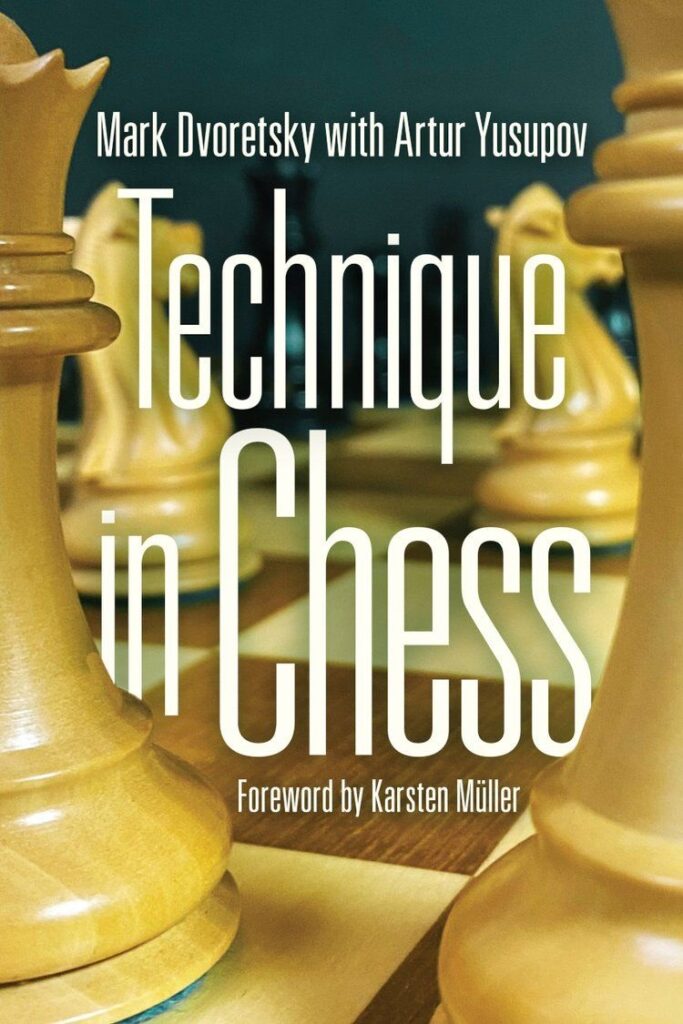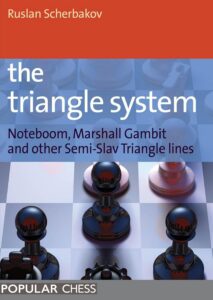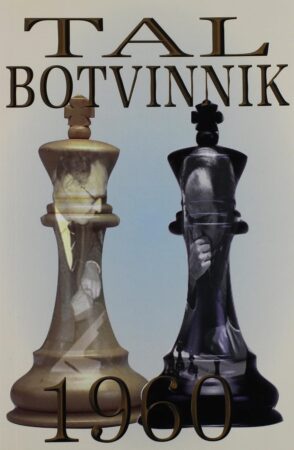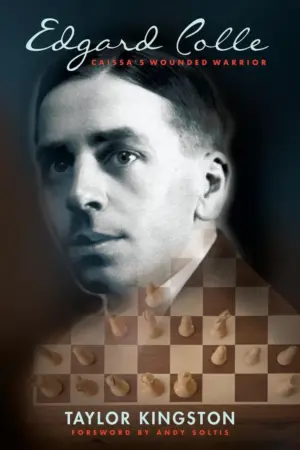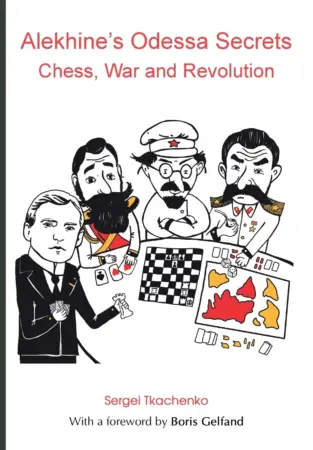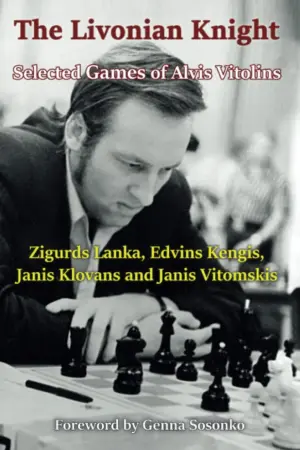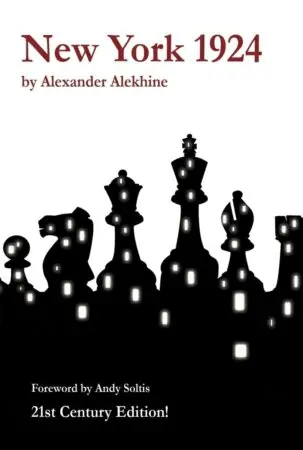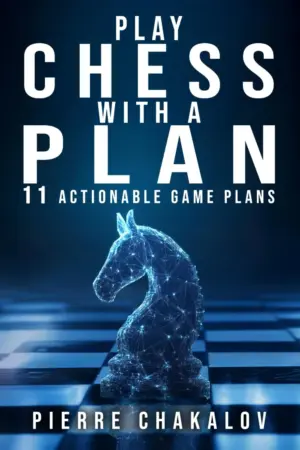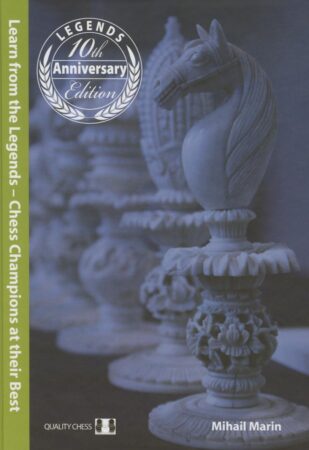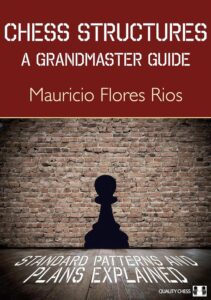When you hear the names Dvoretsky and Yusupov, you know that the book you’re about to read contains only very high quality and very high level material. Technique in Chess is no exception. This book is the result of Yusupov’s research and work on Dvoretsky’s famous card files, his notes, unfinished articles, books and various pieces of analyses, practice material, and more, discovered after his recent passing. Using this material, Artur Yusupov, one of Dvoretsky’s most famous students, created Technique in Chess.
In many ways, this is a typical “Dvoretsky workbook”, which contains the theoretical introduction and then focuses on developing skills by offering readers practical exercises. If you’ve ever held Dvoretsky’s Endgame Manual in your hands, you’ll know what I’m talking about. The book contains 102 exercises which increase in difficulty. The problems are on all three areas of the game, opening, middlegame, and endgame, each accompanied by detailed annotations, and covering the main solution, as well as the sidelines and some logical alternatives.
I had a tough time comparing this book to anything else I’d read. I would say it covers middlegames and endgames very conceptually, focusing not on themes according to type of position, but on thinking processes and techniques one can apply over the board. That makes it similar to Shereshevsky’s Endgame Strategy or works by Nunn. I enjoy such an approach. Instead of explaining simple concepts, Yusupov covers concepts such as Do not Hurry, Two Weaknesses, Realizing a Material Advantage, or how to convert endgame advantages. The first part of the book, which goes over these, is quite short compared to the size of the book. A dozen chapters, each on a few pages. I always wish the entire book would be as detailed in its explanations and as “rich in text”. But, reading about how to do something and actually doing it are two different things. Yusupov teaching us Dvoretsky’s ideas is great, but we will not become better players by reading, but by solving the problems based on that advice. Which is why, even though I found the second part of the book less enjoyable, I understand that it’s by far the more useful of the two.
The most important piece of knowledge, or a skill I think I managed to improve by going through Technique in Chess, is converting advantages. If you’ve watched my videos, you will know that I often manage to lose or draw games in which I had a massive edge. I do that in the middlegame and in the endgame, I do that with and without enough time on the clock. Why? Bad technique! Technique in chess is the ability to control the position. The ability to get to 90’ when you lead 2:1 without complications, without the enemy team having five free kicks, ten corners and two of your players getting red cards. Having good technique means breezing through to a handshake after going up a pawn instead of getting checkmated trying to keep your extra material. The book devotes three sections to this: advantage in material, a positional advantage, and an endgame advantage. Those are devoted to developing your technique and your ability to convert those types of advantages flawlessly. Those three chapters and the accompanying exercises is what I found remarkably useful in Technique in Chess.
As is the case with every Dvoretsky and every Yusupov book, they put a great emphasis on developing applicable skills players can use over the board. Unlike some other books by Mark Dvoretsky, the coach to some of the best Grandmasters of the late 20th century, Technique in Chess is a surprisingly easy read, with problems that aren’t aimed at titled players. I think the book is more than suitable for anyone above 1500 FIDE. They would find it painfully difficult, but definitely doable.

